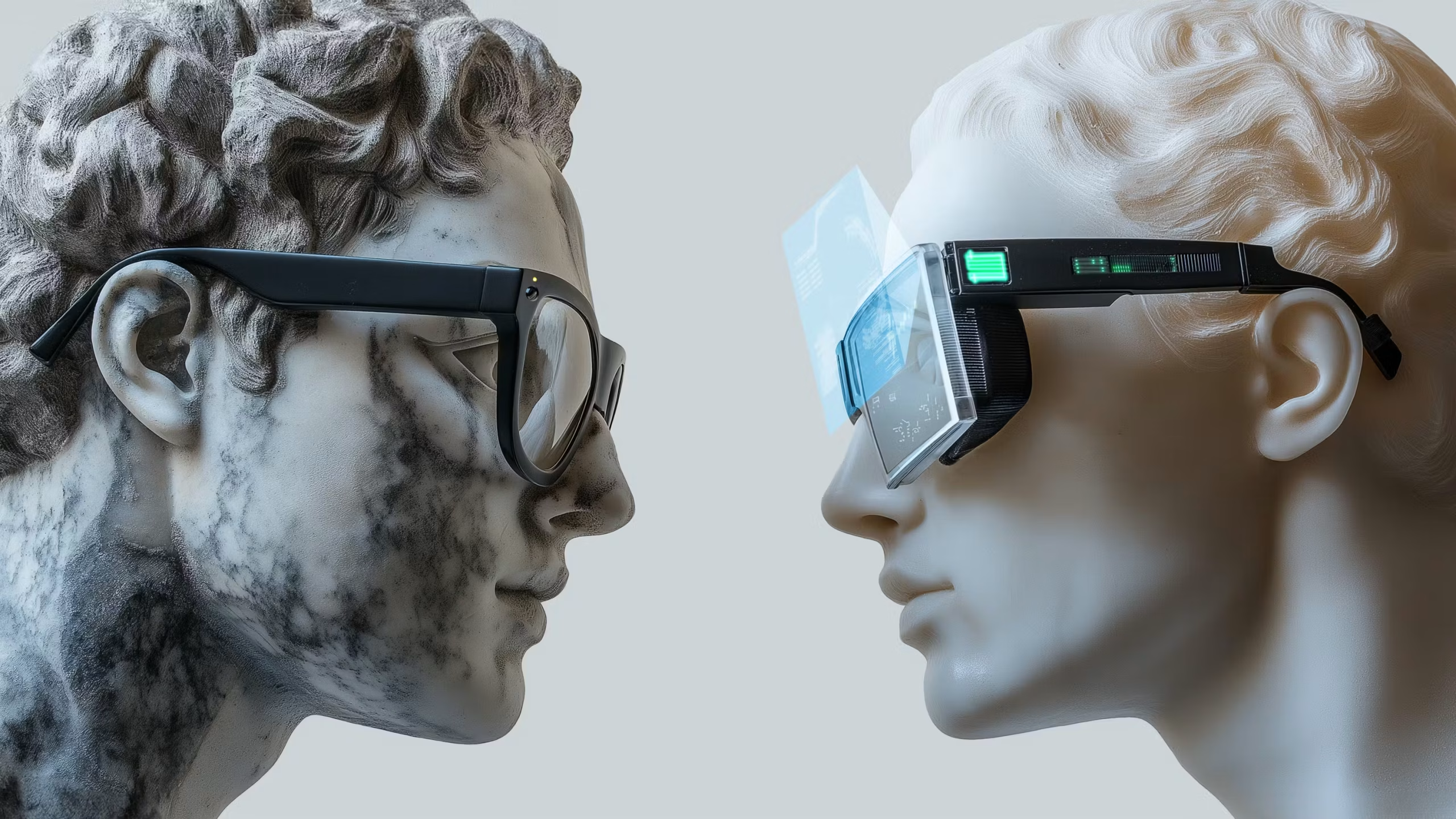Smart Glasses and the Future of Web Design
Technology is constantly moving forward, and with it, the way we experience digital content. One of the biggest innovations in recent years is AI-powered smart glasses, which combine augmented reality with intelligent algorithms. These devices may have a profound impact on the field of web design.
Personalized User Experience
With augmented reality, websites can come to life right before the user’s eyes. Imagine browsing products or design elements in 3D instead of scrolling through a flat page. Designers will need to rethink how to optimize visual content for this new type of interaction.
Minimalism and Speed
Since smart glasses operate in real-time, emphasis will be placed on loading speed and clean visuals. Overloaded websites already lost their appeal on mobile, and with AR glasses, this trend will move even further.
Inspiration in Practice
On Ivanzo, a blog dedicated to Ray-Ban Meta and Oakley Meta AI glasses, you can find numerous examples of how these devices are transforming the digital space. For web designers, it’s an invaluable source of inspiration that opens new possibilities for blending technology with creativity.
Expanding the Horizon: New Opportunities and Challenges
The introduction of smart glasses into mainstream markets signals a shift in both how users [consume content](https://bkthemes.design/blog/master-my-strategy-shareable-content-for-backlinks/) and how designers must approach their craft. Unlike mobile devices or desktops, smart glasses offer a hands-free, immersive experience. This opens up new opportunities for innovation but also presents unique challenges.
One key opportunity is the ability to deliver context-aware content. Smart glasses use sensors and AI to understand a user’s environment in real time. Web designers can leverage this by creating sites that adapt to the user’s location, activity, or even emotional state. For example, a shopping website could display different promotions based on whether the user is at home or in a retail store, or offer tailored recommendations based on their past interactions.
However, this level of personalization also brings privacy concerns. With smart glasses collecting vast amounts of data, [designers and developers](https://briankeary.com) will need to prioritize data protection and transparent user consent. Clear privacy policies and robust security measures must be integrated into every web experience designed for AR platforms.
Redefining Navigation and Interaction
Traditional navigation menus and clickable buttons may not translate well to smart glasses. Instead, designers will need to experiment with gesture controls, voice commands, and even eye-tracking technology. This could mean designing interfaces that respond to where the user is looking, or that can be operated with simple hand movements. As a result, web design for smart glasses will require close collaboration with UX specialists, hardware engineers, and accessibility experts.
Accessibility is another important consideration. Smart glasses have the potential to make digital content more accessible to people with disabilities, but only if designers plan for it. Features like real-time translation, audio descriptions, and adjustable display settings can open the web to a wider audience. Testing for accessibility on AR devices will become as important as it is for mobile and desktop platforms.
Content Creation and SEO-1/">SEO in an AR World
The shift to AR and smart glasses will also affect how content is created and optimized. 3D models, holograms, and interactive animations may become the norm for product showcases and tutorials. As web content becomes more immersive, designers will need to ensure that their creations remain lightweight for fast loading and smooth performance.
Search engine optimization ([SEO](https://bkthemes.design/seo)-1/">[SEO](https://bkthemes.design/seo)) will evolve too. Traditional keywords and metadata may not be enough when users are searching with voice commands or visual cues. Designers and marketers will need to think about how their websites appear in AR search results, perhaps by optimizing for spoken queries or integrating visual markers that smart glasses can recognize.
The Role of Community and Collaboration
As the web design community adapts to these changes, sharing knowledge and best practices will be crucial. Platforms like **Ivanzo** will continue to play an important role by showcasing successful [SEO](https://bkthemes.design/seo)-1/">[SEO](https://bkthemes.design/seo)-1/case-study-low-traffic/">case studies, sharing technical tutorials, and fostering discussion around emerging trends. Collaboration between designers, developers, and AR hardware manufacturers will help ensure that the web remains open, innovative, and user-friendly.
Conclusion
AI-powered smart glasses are set to transform the landscape of [web design,](/) blending the digital and physical worlds in unprecedented ways. While they present exciting opportunities for personalized, immersive experiences, they also bring new challenges in privacy, accessibility, and content optimization. The designers who embrace these changes—remaining agile, ethical, and creative—will shape the future of the web for a new generation of users. As smart glasses continue to gain popularity, the fusion of augmented reality and intelligent algorithms will keep pushing the boundaries of what’s possible online.





